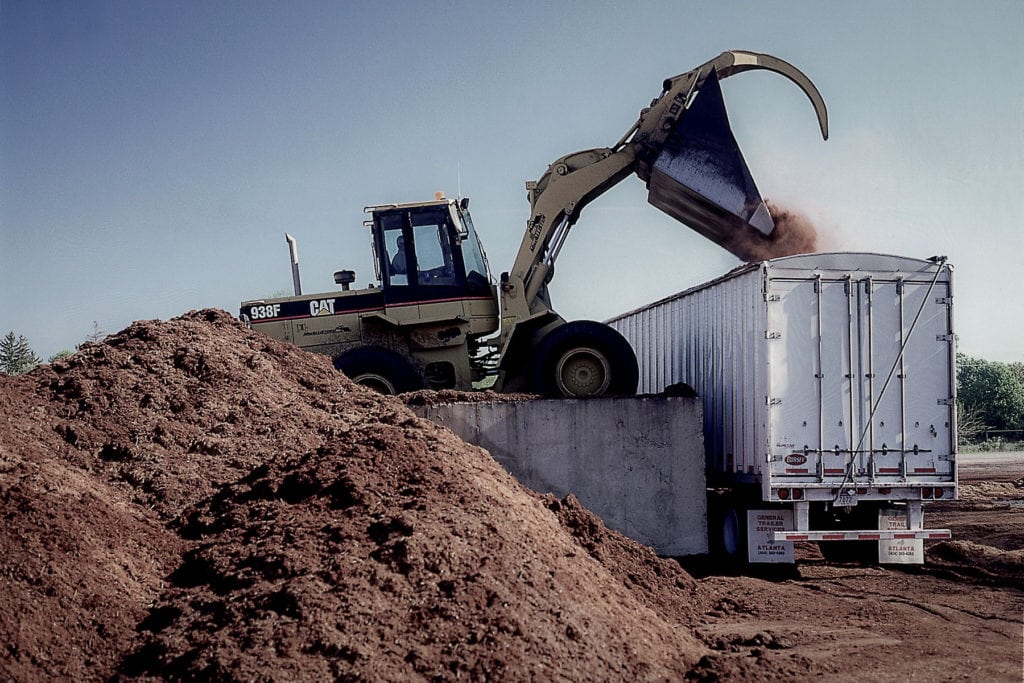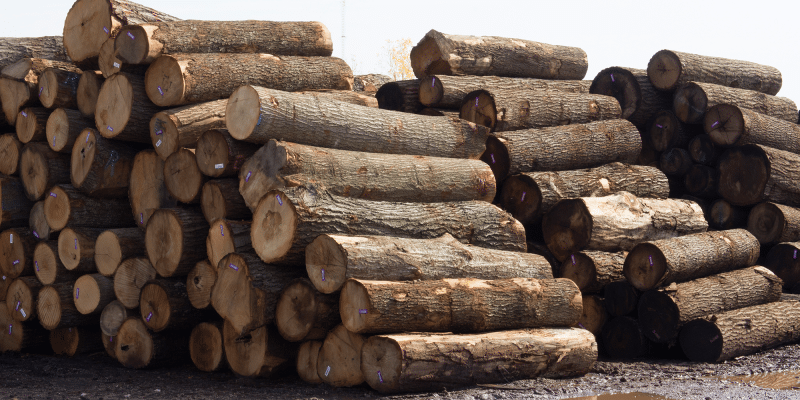When pondering over the current state of our environment, many people begin to envision a futuristic world consisting of chrome and steel. In this version of a future reality (often seen in post-apocalyptic films and TV shows), humanity has wiped out forests in their entirety. Land that was once full of life is now a desolate wasteland. Natural geography is vastly unrecognizable from what it was long ago. Construction and development needs are put above the ecosystem — but now, it’s too late to go back and warn everyone of the dark path ahead. Learn more about the unusual myths about the lumber industry below.
We understand — it is not easy to be optimistic. But remain calm! In reality, the forests of the world, especially in the United States, have proven to remain sustainable and usable for the foreseeable future. Specifically, the lumber industry — though seemingly contradictory — has created clear initiatives to ensure that this haunting vision of a post-apocalyptic world won’t happen.
Still, many misconceptions remain. Let’s take a look at some of the biggest myths about forest management and the lumber industry’s impact on our environment. We hope that by the time you’ve finished reading, your perception of the future will change for the better.
 Myth: Cities and urban areas are taking over forests and trees
Myth: Cities and urban areas are taking over forests and trees
Fact: The volume of U.S. hardwoods has actually increased by more than 90 percent in the last half-century while forest acreage has increased by 18 percent. And despite a 165 percent growth in population since 1920, U.S. forest acreage has continued to remain stable.
Myth: The only easy way to obtain wood is through clear-cutting entire forests
Fact: The preferred method of harvesting hardwoods is in fact single-tree selection, as opposed to clear-cutting. With single-tree selection, trees are carefully selected for harvest, most of them aged to maturity. This careful removal of selected trees creates openings in the forest canopy, allowing more precipitation, nutrients and sunlight to reach the forest floor. Seedlings are then free to sprout and grow naturally. This results in a much more sustainable outcome than solely using the clear-cutting method.
Myth: Using steel, aluminum, and concrete for construction is better for the environment
Fact: Wood represents 47 percent of all raw materials used in the US, but the energy to produce wood products accounts for just 4 percent of the energy used to make all manufactured materials. In fact, using materials like steel, aluminum, and concrete require significantly more energy to produce, install and dispose of at the end of their natural life cycles as compared to American hardwoods.
Myth: Wood may have been a great choice in the past, but we’re in the future now
Fact: Sometimes, the oldest way is the best way. To this day, wood proves to be the best material for construction. Of course, we don’t use the same old tricks anymore — modern wood manufacturing processes have become extraordinarily efficient. Virtually every part of the log is used as lumber or valuable by-products, while finished wood products are reusable, recyclable and biodegradable. Forest sustainability organizations now reach far and wide.
The Verdict
American hardwood harvesting is efficient, sustainable, and environmentally friendly. We know it sounds contradictory, but it is the truth — using lumber from America’s lively forests can actually help save the world as a whole.
Frank Miller Lumber is dedicated to this idea of sustainable forest management. Our FSC-certified lumber is used in many projects that meet LEED standards and we continue to run a “zero-waste facility” at our sawmill. Not only does our lumber come out beautiful, authentic, and durable, it also adds to our mission of sustainability.
Hopefully, this cleared up a few misconceptions about the lumber industry and the use of wood products. Next time you build a new home or simply buy a new desk for your study, remember: you could have a role in saving the environment.
For more information on sustainability initiatives within Frank Miller Lumber and the American hardwood industry, go to our Sustainability page.


